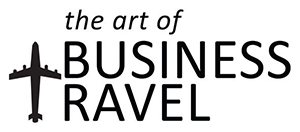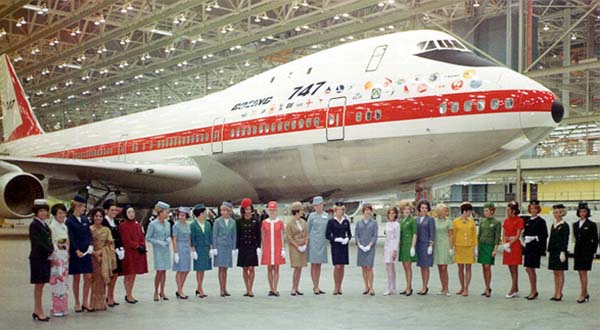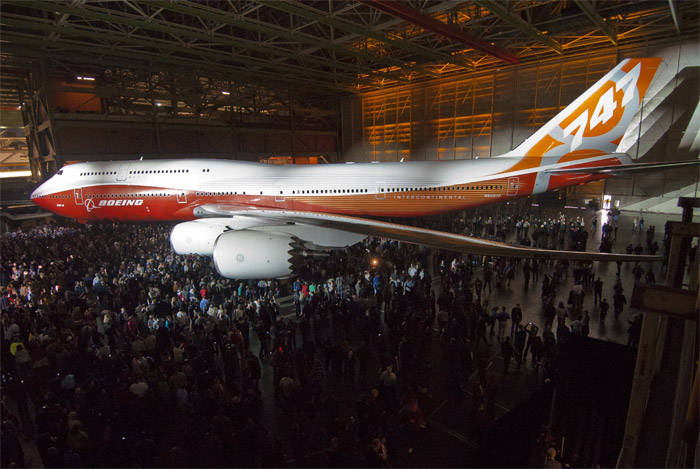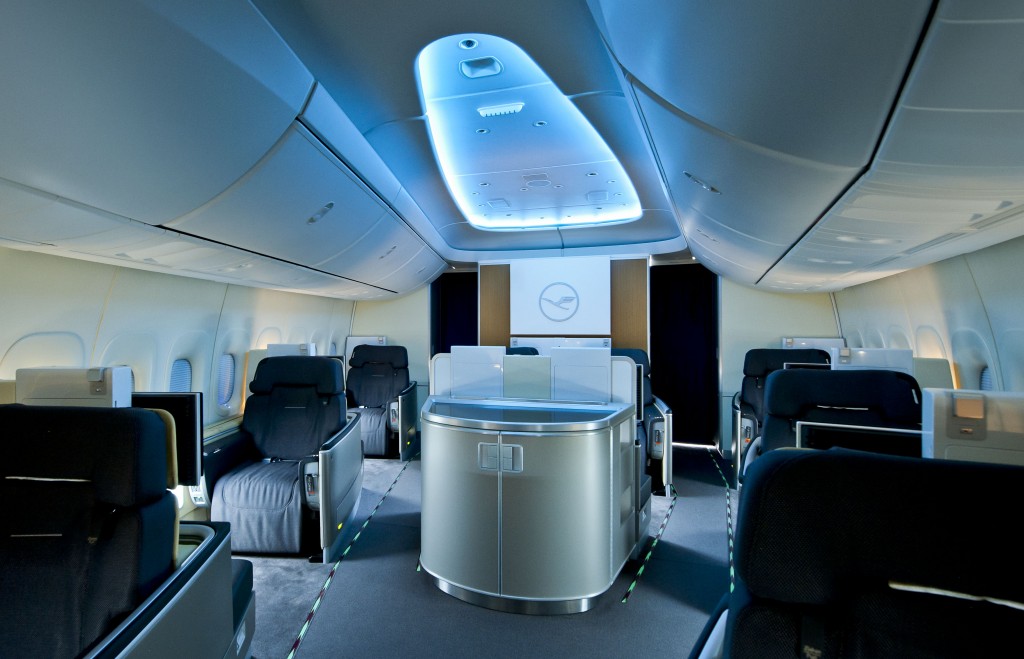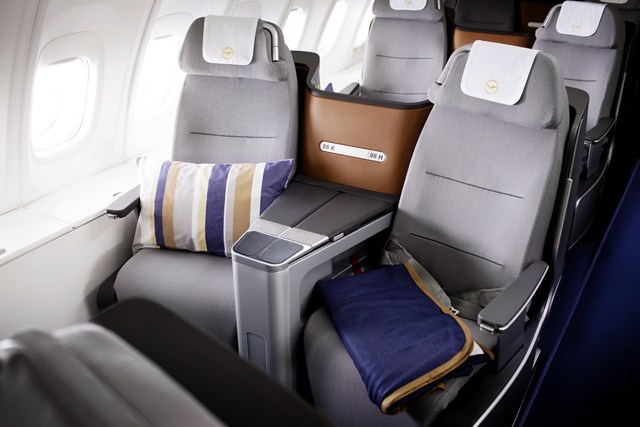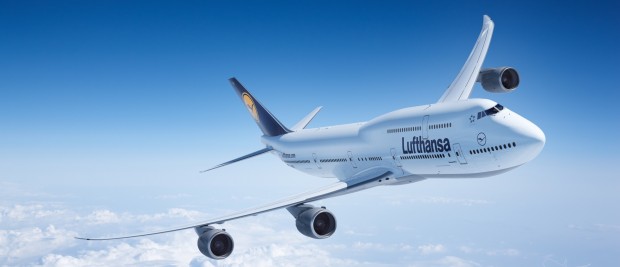
In the 1970s the world was awed by the 747, the original Jumbo Jet, which revolutionised air travel as we knew it. Now Boeing, teaming up with German airline Lufthansa, has done it again with the 747-8, the new Queen of the Skies. By Nick Walton
I still recall the first time I flew in a Boeing 747. I was 10 years old, travelling unaccompanied across the world to visit relatives in the United Kingdom, and had been guided, little brother in tow, onto the Malaysia Airlines aircraft and left to my own devices. Within the spacious cabin, I remember fiddling with the seat controls, fascinated by the staircase which wound into the ceiling (we didn’t have a second story on our house, how could there be one on a plane?) and awed by the massive idling engines outside. It was easy to feel like I had stepped inside a spacecraft, a tantalising taste of the future, a scene from Quantum Leap or perhaps the bridge from Star Trek. It was an impression which stayed with me for years to come.
Enter A New Era
I feel much of the same anticipation boarding Lufthansa’s 747-8, Boeing’s newest incarnation of its venerable 747, which connects Frankfurt with Hong Kong. Lufthansa was the launch airline for the new 747-8 Intercontinental and is in the process of adding a total of 19 new-look Jumbos on its network. Of course, some things have changed: I don’t need to wear a sticker announcing my vulnerability as an unaccompanied child; I climb the stairs to the top deck instead of simply gazing at them from below; and I’m offered a glass of champagne by one of Lufthansa’s cabin crew, rather than a juice box. But many aspects of the travel experience two decades on remain the same; there are plenty of buttons to fiddle with, the cabin still boasts a cavernous quality and the engines outside are bigger than ever.
A Legend in the Making
Boeing introduced the first 747 in 1969, with the revolutionary new aircraft quickly earning the nicknames the Jumbo Jet and the Queen of the Skies. At more than double the size of other commercial aircraft at the time, the 747 and its later variations retained the passenger capacity record for 37 years and allowed whole new generations to travel like never before. As airlines begin retiring the 747-400 (Boeing officially stopped producing them at the end of 2009), the most popular passenger variation, a new 747 chapter begins with the state-of-the-art 747-8 Intercontinental.
Boeing had considered larger-capacity versions of the 747 several times during the 1990s and 2000s but had received a poor response from airlines. In fact, the 747 Advanced, as it was originally known, became possible thanks to the creation of technologies designed for the 787 Dreamliner, including advanced engines, raked wingtips and sawtooth engine nacelles which help reduce the aircraft’s noise signature over airports. The first aircraft – a freighter configuration – took to the skies in February 2010.
An Icon for Today
In many ways, the new 747-8 embodies all that the 747 project ever wanted to achieve, despite significant innovation on previous models. Four cutting-edge General Electric GEnx-2B engines boast 66,500 pounds of thrust apiece, ensuring the 747-8 retains the title of fastest commercial aircraft, despite carrying more passengers and cargo, consuming less fuel and emitting fewer emissions than previous models. Elegant new wings with raked wingtips ensure unprecedented aerodynamics and increase efficiency, while a range of approximately 15,000nm continues to connect the world as jumbo jets did before it.
The 747-8, like the original, is also the largest commercial plane Boeing makes. At 76.3 meters long – 5.6 meters longer than its predecessor – the new Jumbo Jet heralds a new era of aviation for customers like Cathay Pacific, who now operate the Intercontinental in its cargo fleet, and launch customer Lufthansa, who has ordered 19 and is one of the few airlines presently flying the state-of-the-art passenger version of the aircraft into the Far East, having launched flights between Frankfurt and Hong Kong in March 2013.
Airlines will always differ on how to use all that space and reach – as they did with the original 747 and the Airbus A380. Lufthansa’s interpretation is very much in keeping with the Queen of the Skies pedigree. The German national carrier was the first European carrier to introduce the original 747 on long-haul services and was influential in persuading Boeing to create the Intercontinental.
Lufthansa Leads the Pack
Lufthansa introduced new business and first class cabins on the 747-8, as well as an enhanced economy class product that benefits from the aircraft’s spacious new interior designs, LED lighting systems and enhanced storage capacity. First class passengers retain their position in the nose of the aircraft, with just eight luxurious seats boasting personal wardrobes, award-winning lumbar-supporting seats and over-sized personal monitors. First class passengers enjoy the quietest spot onboard, with the tranquillity enhanced with noise-insulating curtains and floor tiles.
Spread across both the main deck and the new extended ‘bubble’ deck upstairs, the airline’s new business class caters to 80 passengers, with new lie-flat beds, noise-cancelling headphones, 15-inch personal monitors and additional storage space. Downstairs, new economy class seats designed by Recaro offer more legroom than on previous 747 aircraft, as well as in-seat power supplies and more headroom thanks to a reconfigured fuselage.
The overall effect is space, technology and convenience, the same fundamentals which have welcomed 747 passengers since the aircraft’s inception almost 50 years ago. New technology and a commitment to performance and safety ensure the next generation of air travellers will have the same chance to fly with the Queen of the Skies.
